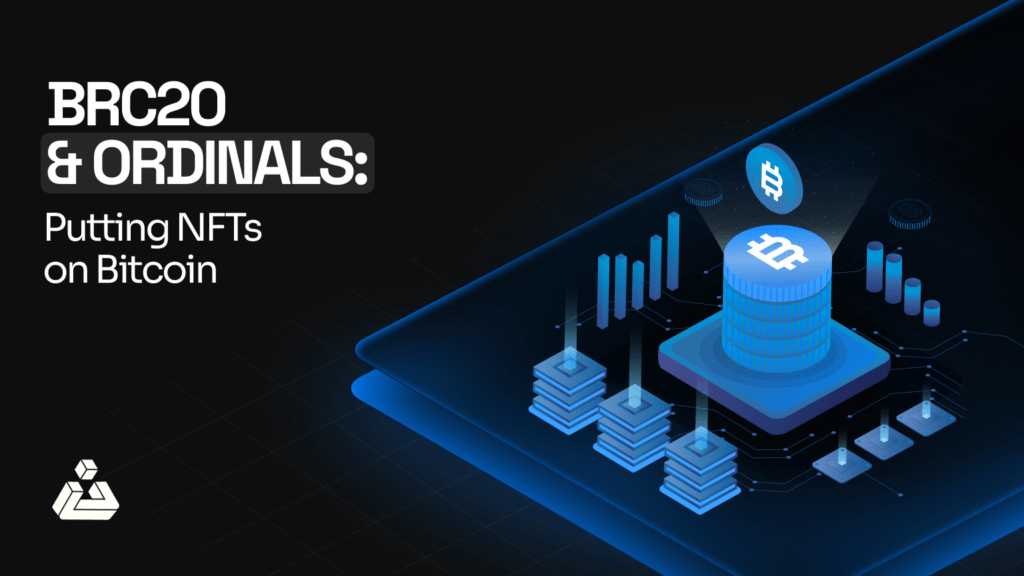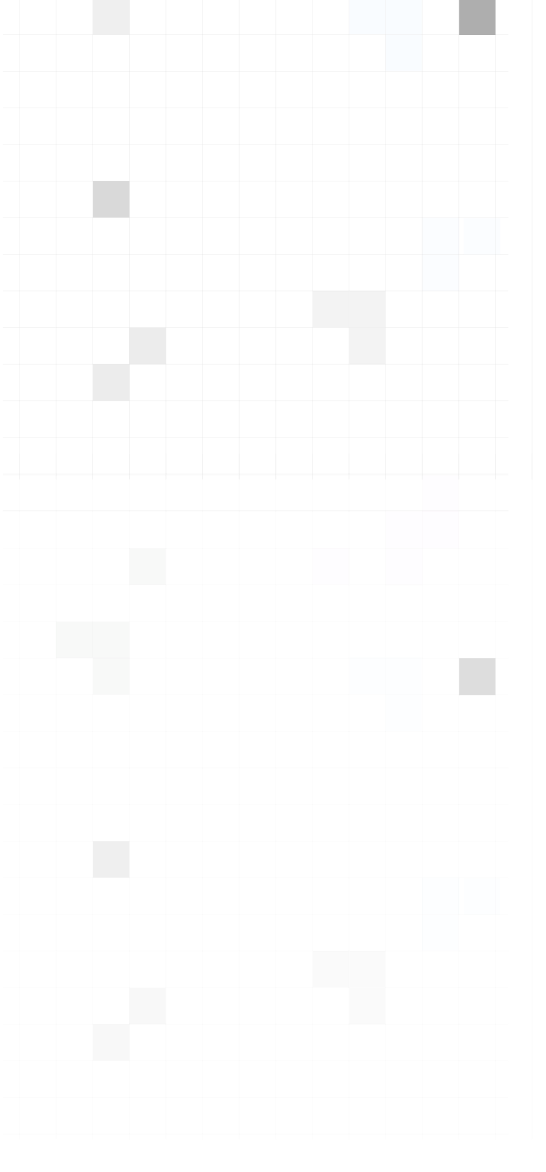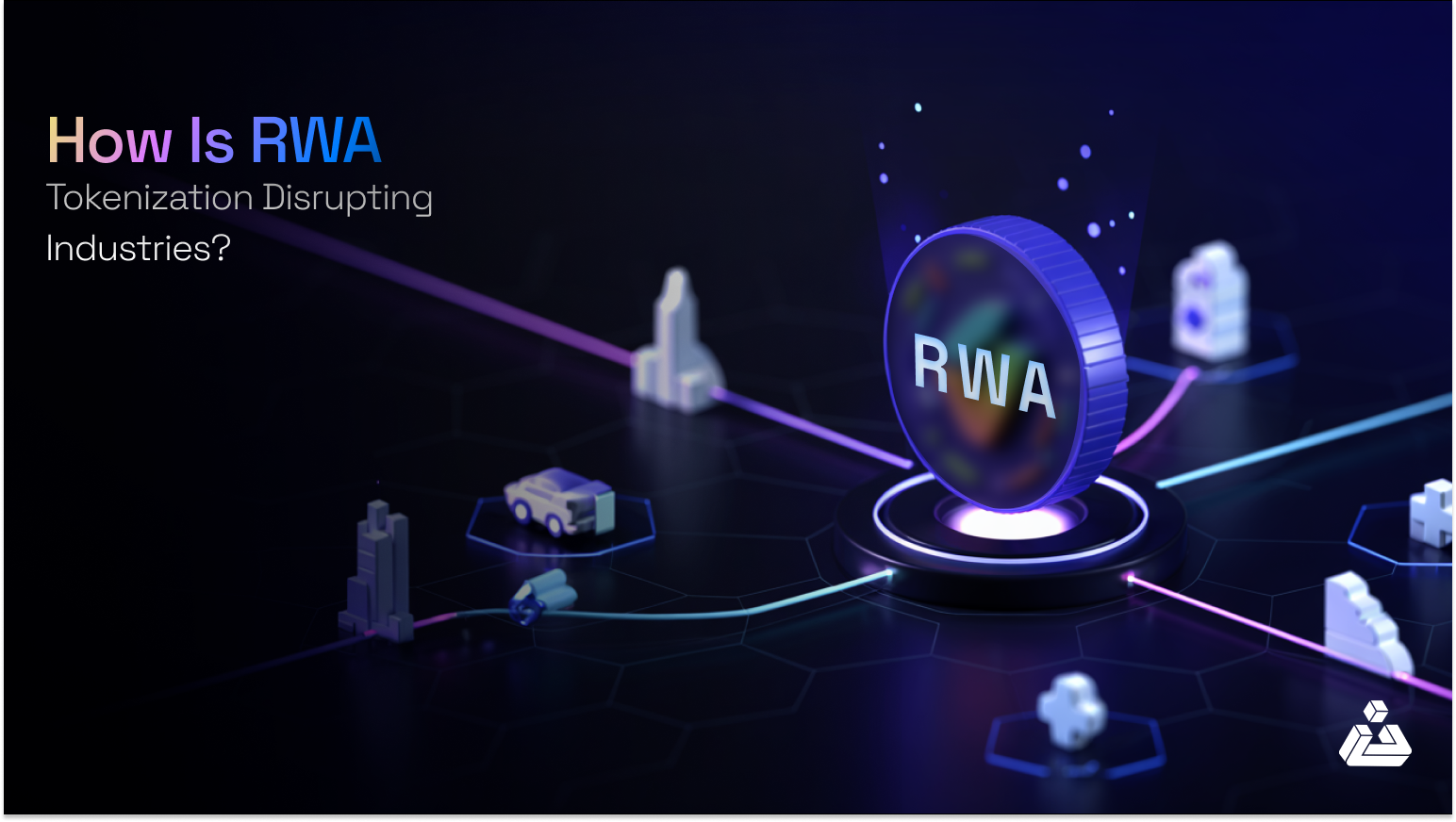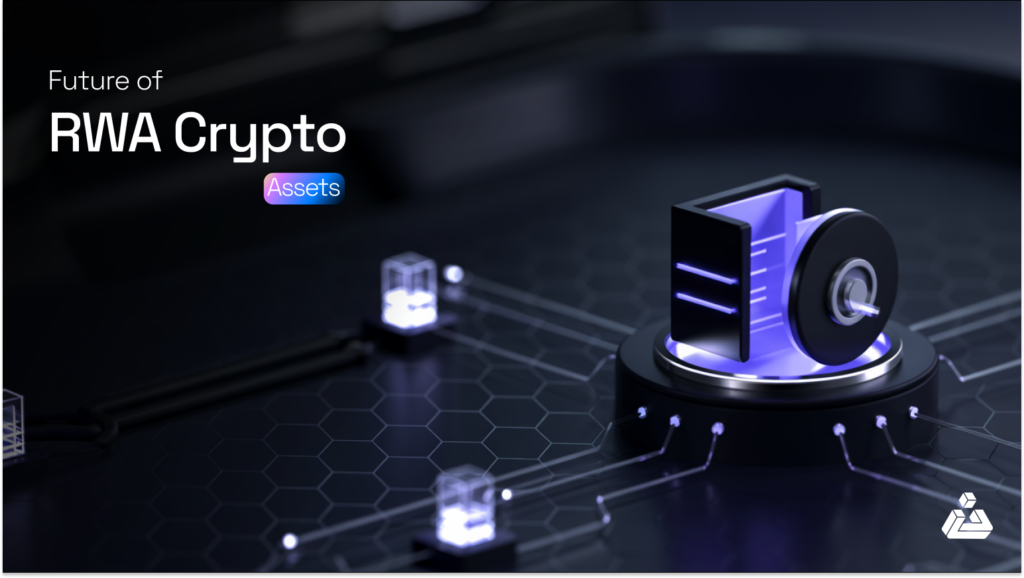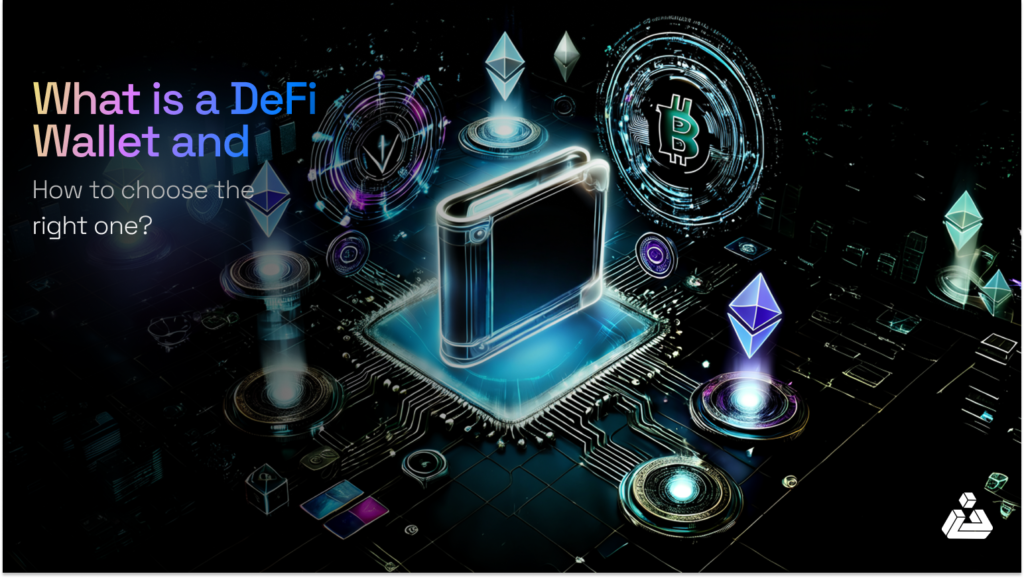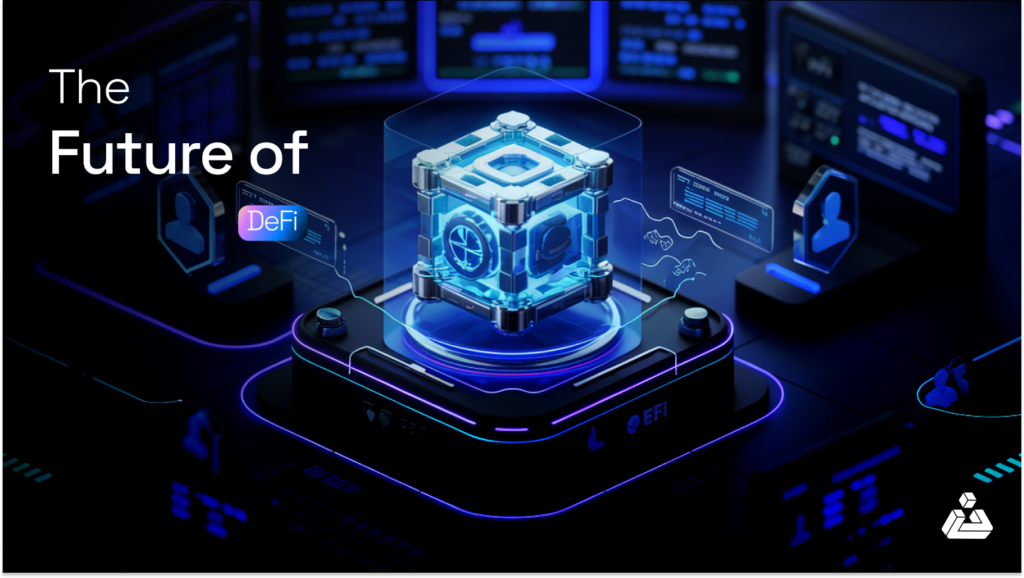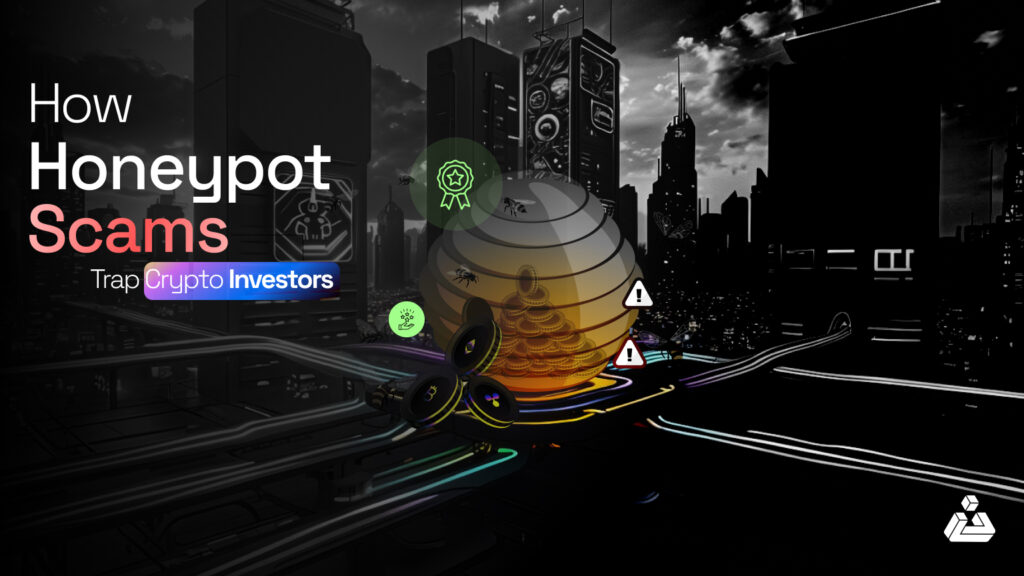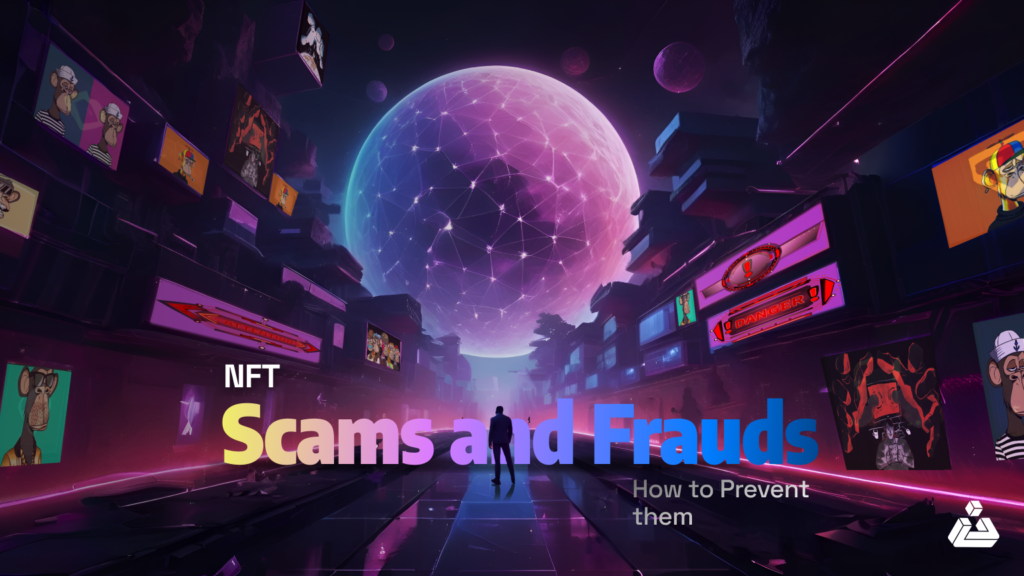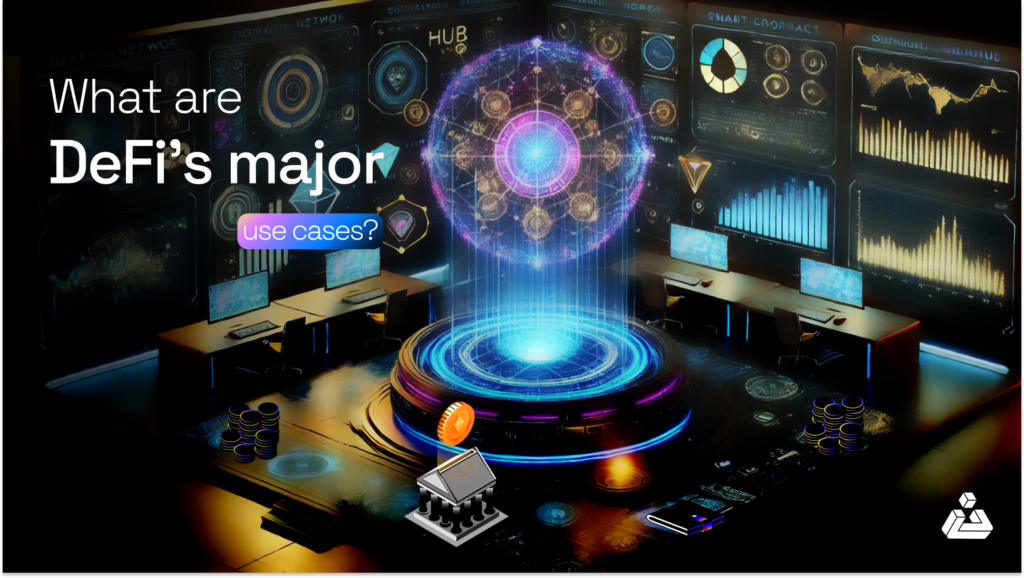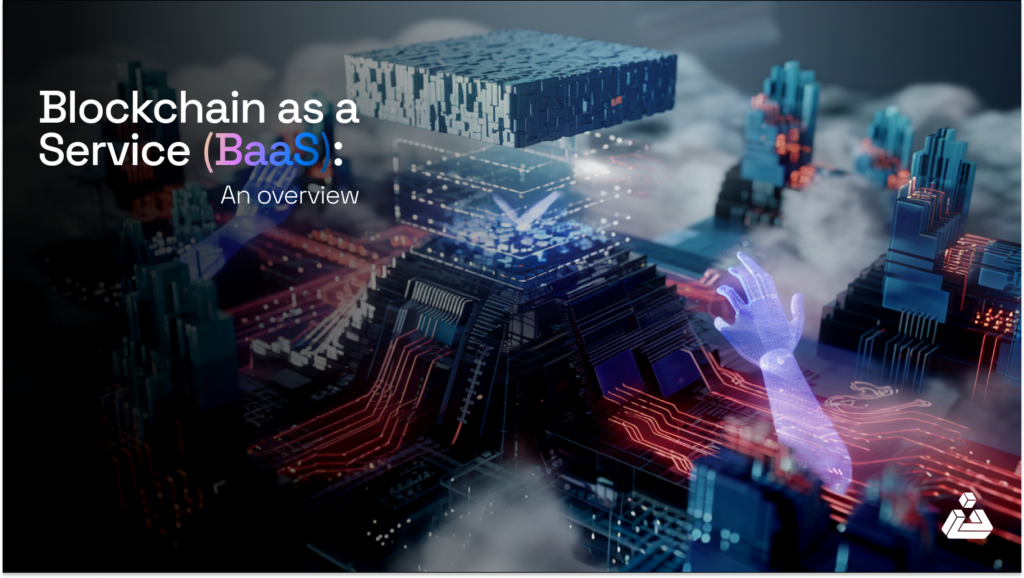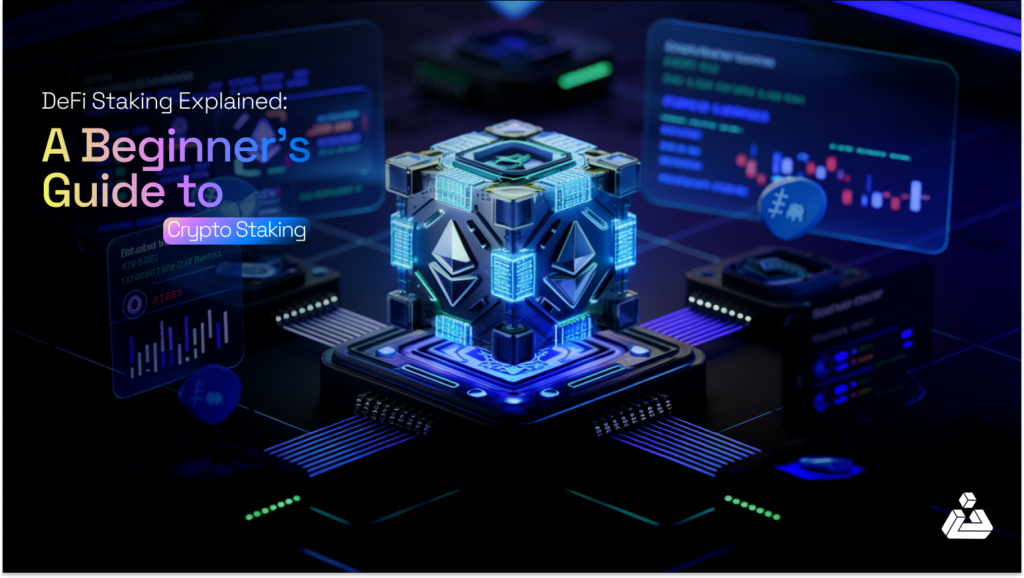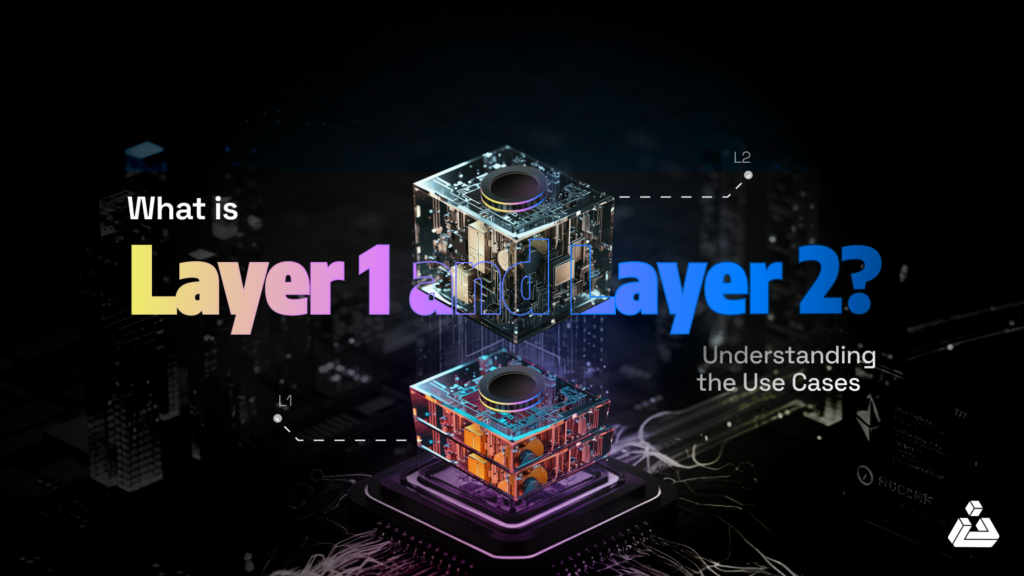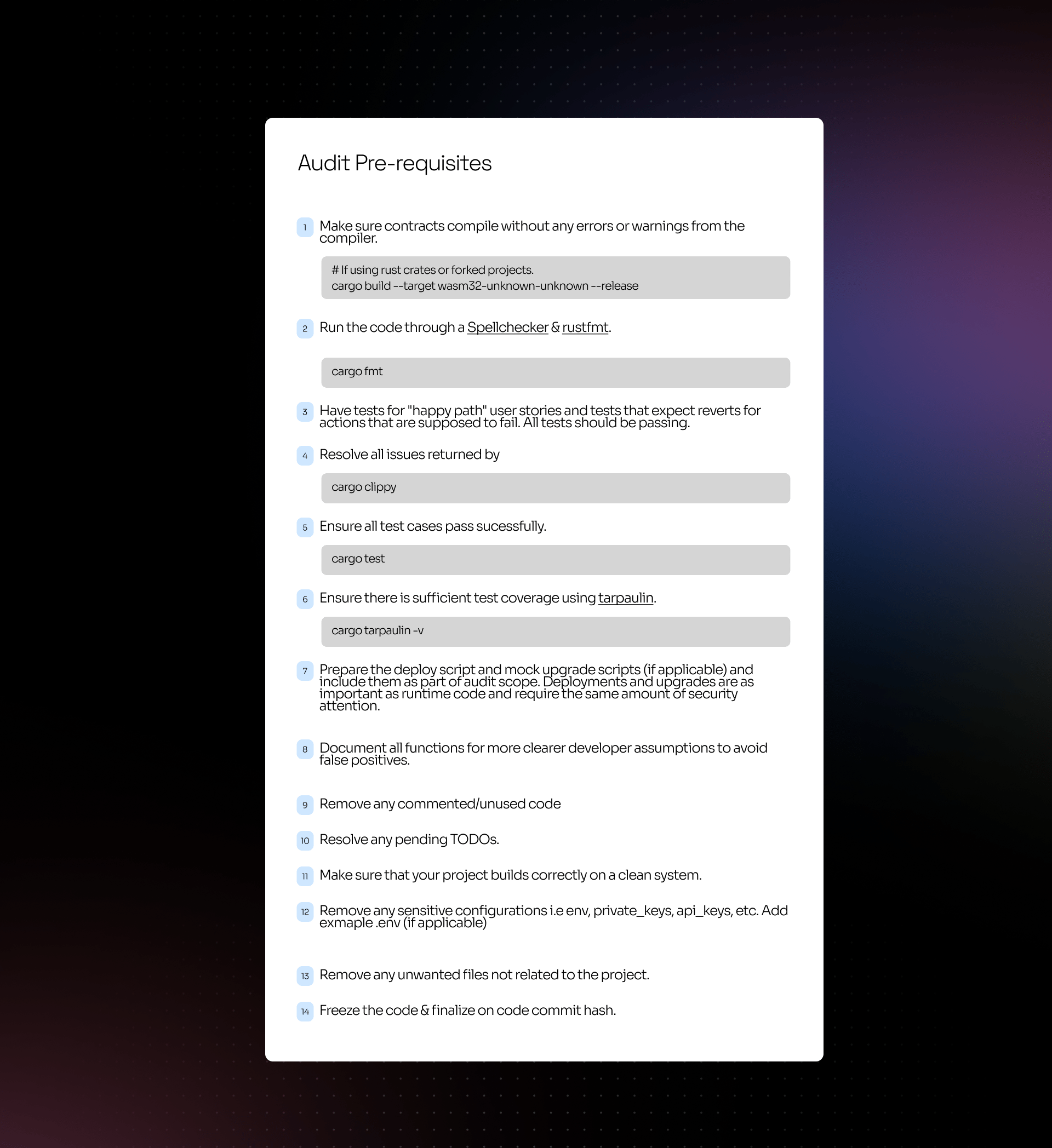The world of blockchain technology is constantly evolving, with the “recent but not so recent” introduction of BRC20 tokens and Ordinals and their relationship with Bitcoin generating significant interest and debate. Grasping these concepts and how they integrate is key for those looking to navigate this shifting terrain.
Bitcoin: The Backbone
Bitcoin stands as the original cryptocurrency, laying the groundwork for blockchain technology. Its primary role is to enable secure and transparent peer-to-peer digital transactions. Operating on its dedicated blockchain, Bitcoin maintains a distributed ledger that records every transaction across the network. Historically, Bitcoin’s main use has been transferring its native token, BTC, emphasizing its role in value exchange.
Although Bitcoin is adept at facilitating the exchange of value, its capacity for supporting a wide range of applications and functionalities on its blockchain is somewhat limited. This limitation gave rise to the development of BRC20 tokens.
What are BRC-20 Tokens?
BRC20 tokens are a pioneering experiment in the Bitcoin network, utilizing the concept of ordinal inscriptions to create fungible tokens directly on Bitcoin’s blockchain. This innovative approach was introduced around March 2023 by an anonymous developer known as Domo. It mirrors the functionality of Ethereum’s ERC20 tokens but operates within the unique constraints of the Bitcoin network, which was not originally designed to support smart contracts or tokenization.
Why BRC-20?
BRC20 tokens employ JSON data embedded into ordinal inscriptions, allowing for the creation, minting, and transferring of tokens by attributing specific properties to individual satoshis, the smallest unit of bitcoin. This method effectively bypasses Bitcoin’s scripting limitations, offering a rudimentary form of tokenization without necessitating any changes to the core protocol or relying on second-layer solutions.
What are Ordinals?
Bitcoin ordinals are a way to turn tiny fractions of Bitcoin (satoshis) into unique digital assets by directly attaching data like images or text onto the blockchain. This creates a new kind of Bitcoin native NFT and opens possibilities for storing data, colored coins, and even dApps on Bitcoin, but it has sparked debate due to the potential bloating of the blockchain.
Are BRC-20 Tokens the Same as Ordinals?
BRC-20 tokens and Ordinals are not exactly the same, although they are closely related. Here’s the distinction:
Ordinals:
- Ordinals are the foundation for BRC-20 tokens.
- They represent the underlying technology that allows attaching data to individual satoshis on the Bitcoin blockchain.
- This data can be anything from text to images or even entire applications.
BRC-20 Tokens:
- BRC-20 is a specific standard built on top of Ordinals.
- It defines a set of rules for creating and managing fungible tokens on the Bitcoin network.
- Think of it as a language that uses Ordinal inscriptions to create tokens with specific functionalities.
In simpler terms, Ordinals provide the engraving tool, while BRC-20 is a specific set of
instructions for what to engrave on a Bitcoin satoshi to create a fungible token.
The Role of Ordinals in Bitcoin’s Evolution
Ordinals and the method of ordinal inscriptions have been at the heart of this innovation. By assigning a unique number to each satoshi, ordinals enable storing arbitrary data, including images, videos, and texts. Now, through BRC20 tokens, a new form of fungible assets is directly on the Bitcoin blockchain. This has sparked a renewed interest in utilizing Bitcoin for more complex applications, demonstrating its potential beyond being merely ‘digital gold.’
Introducing ordinals and BRC20 tokens has led to a surge in activity on the Bitcoin network, showcasing its capacity for hosting a wider range of decentralized applications and financial instruments. This marks a significant step forward in the blockchain’s evolution, opening up opportunities for decentralized finance (DeFi) applications and asset tokenization, creating a more versatile digital economy on Bitcoin.
Pros And Cons Of BRC 20 Tokens
Feature |
Pros |
Cons |
| Transaction Fees | Lower fees compared to ERC-20 tokens | |
| Confirmation Times | Faster confirmation times due to higher throughput | |
| Security | Inherits security from the Bitcoin blockchain | |
| Smart Contract Functionality | Limited smart contract functionality | Not as versatile as ERC-20 tokens |
| Scalability | Binance Smart Chain currently handles more transactions than Ethereum, but future scalability uncertain. | Relies on scalability of the Binance Smart Chain, not Bitcoin itself. |
| Technology Maturity | Newer standard compared to ERC-20 | Smaller ecosystem and fewer established projects |
Implications and Challenges
The rise of BRC20 tokens and ordinals on Bitcoin has not been without its controversies and challenges. The increased complexity and size of transactions associated with these tokens have led to higher fees and congestion on the network, reminiscent of the challenges faced by Ethereum before its scalability upgrades. Moreover, the BRC20 standard, being an experiment, carries uncertainties regarding its long-term viability and impact on the network’s performance.
Despite these challenges, the excitement around BRC20 tokens and ordinals underscores a significant shift in the perception of Bitcoin’s capabilities. It reflects a growing recognition of Bitcoin’s potential as a platform for innovation, not just a store of value or medium of exchange. This technology may pave the way for more sophisticated applications, further integrating Bitcoin into the broader ecosystem of blockchain-based technologies.
Looking Ahead
The development of BRC20 tokens and the use of ordinals illustrate the vibrant dynamism within the Bitcoin community, driven by a relentless pursuit of innovation. While still in the early stages, these experiments highlight the blockchain’s untapped potential and open up new avenues for exploration and growth.
As we move forward, the evolution of BRC20 tokens and ordinals will likely continue to spark debate, experimentation, and possibly, significant advancements in how we view and use Bitcoin. The journey of Bitcoin, from a simple peer-to-peer cash system to a burgeoning platform for digital assets and applications, is far from over. With initiatives like BRC20 tokens and ordinals, the future of Bitcoin appears more versatile and promising than ever.



